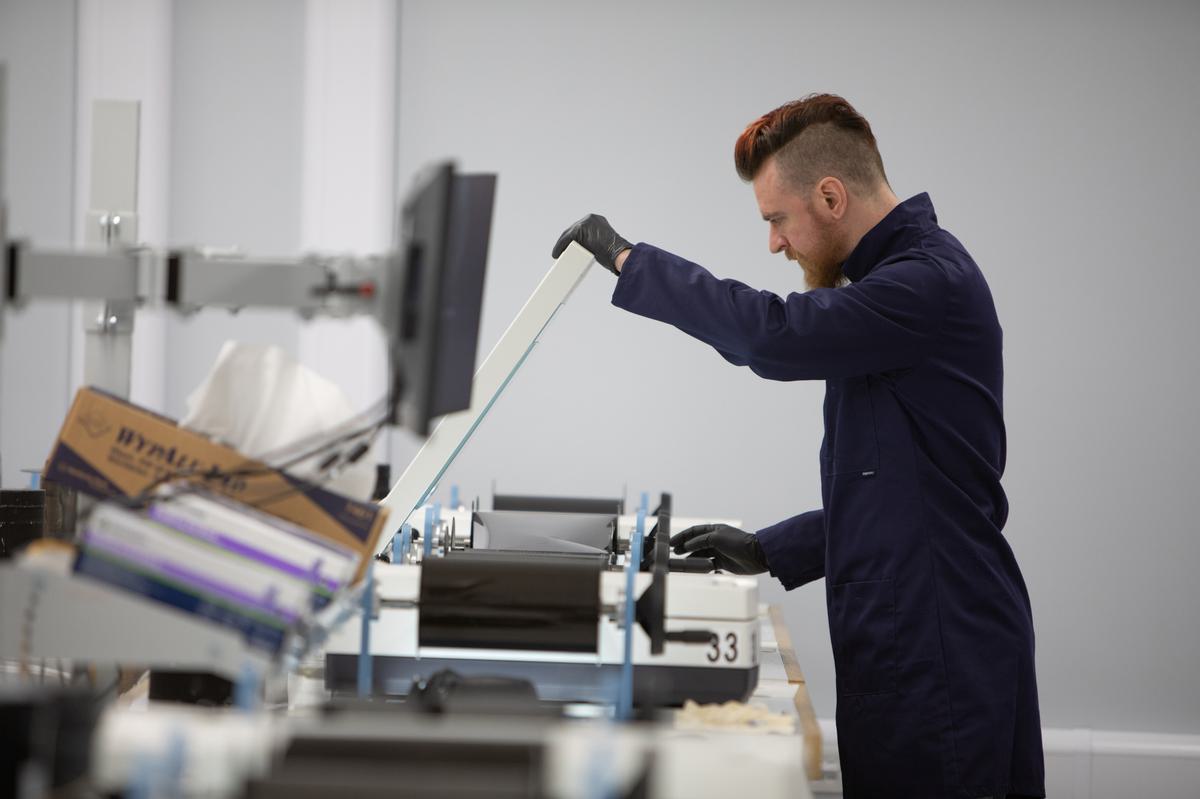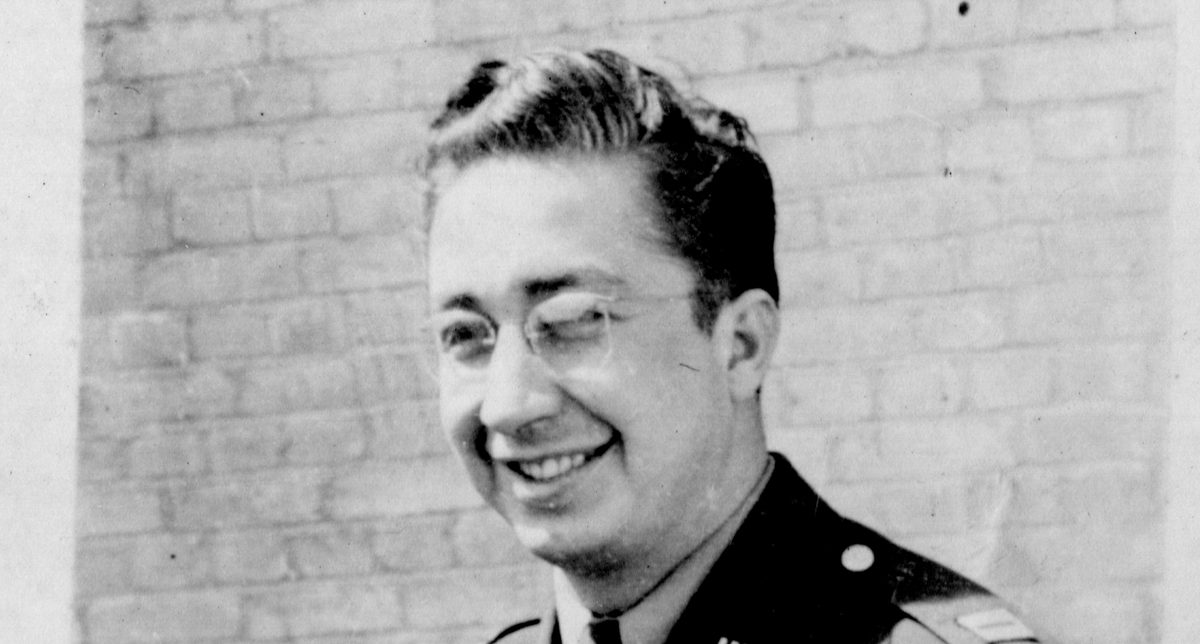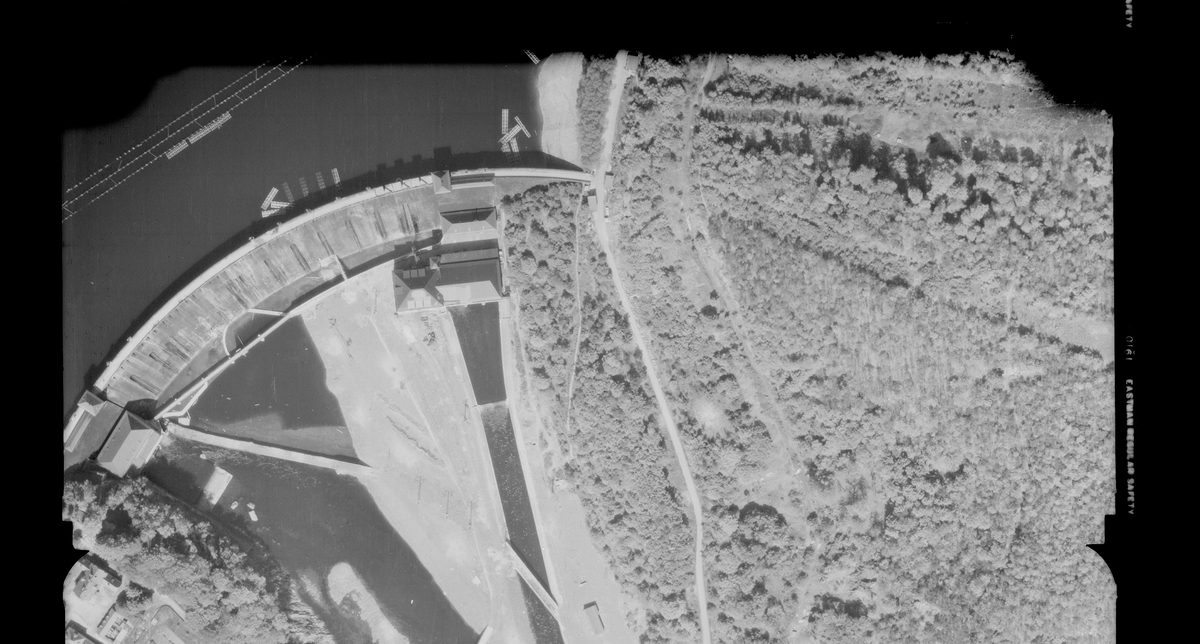Artists at Medmenham: Frederick Ashton
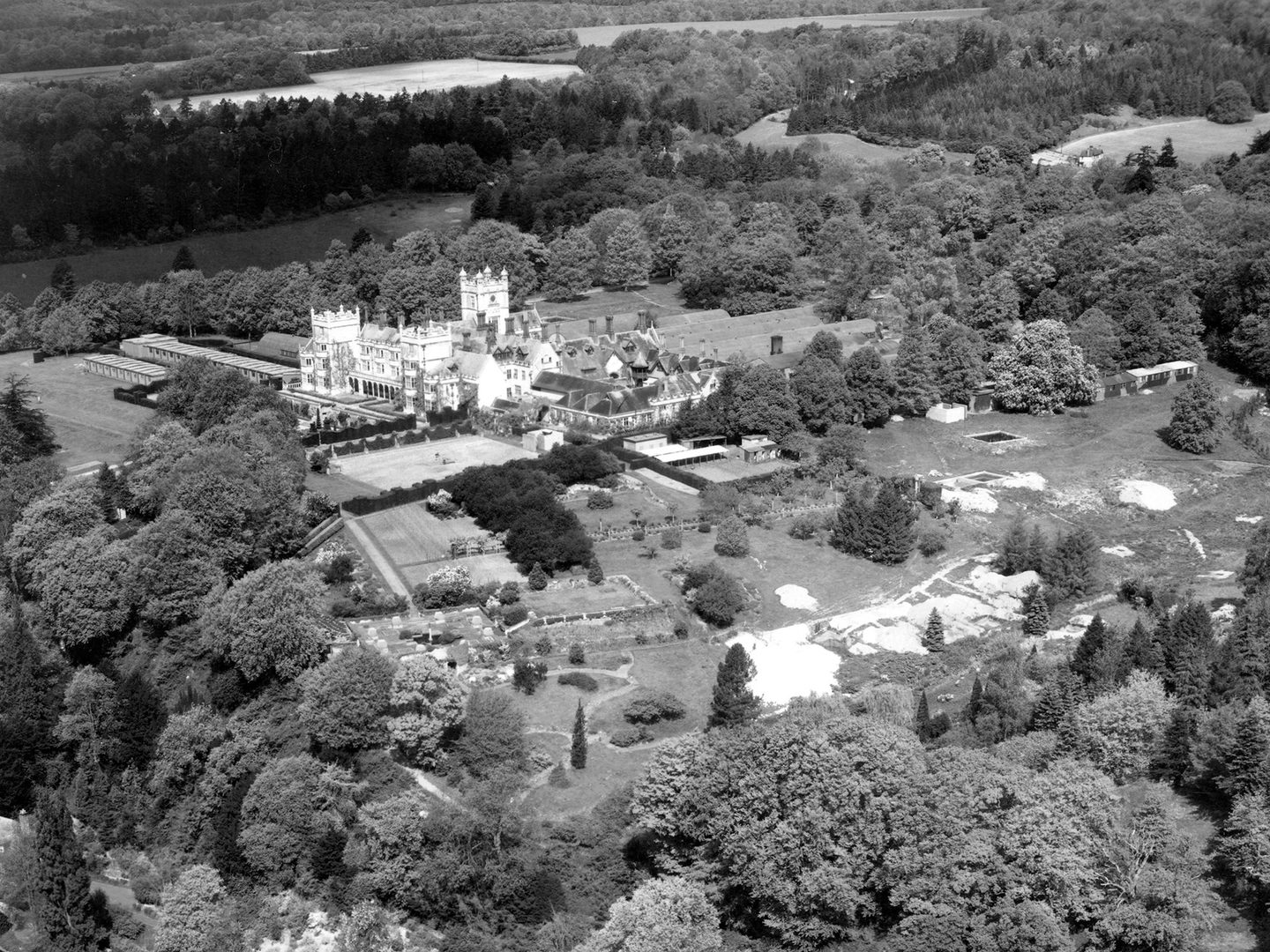
Early Life and Career
Sir Frederick Ashton (1904-1988) was a renowned twentieth-century ballet dancer and choreographer whose work was instrumental in defining the English style of ballet. Ashton was born to English parents in Guayaquil, Ecuador before moving to Lima, Peru where, while watching Anna Pavlova perform in The Fairy Doll at the Teatro Municipal in 1917, Ashton felt his ‘future was decided’ and he became determined to follow in her footsteps.
Despite his family’s disapproval, following his father’s death in 1924 Ashton began to take ballet lessons under the Russian choreographer Léonide Massine after sighting an advertisement in the Dancing Times. After Massine, he became a pupil of Maria Rambert who encouraged him to try his hand at choreography; early compositions included A Tragedy of Fashion (1926) and Capriol Suite (1930).
War-time Career and Service
By the outbreak of the Second World War, Ashton was a part of the Vic-Wells Ballet company (now the Royal Ballet), often touring Britain and Europe. During a propaganda tour to the Netherlands in May 1940, Germany invaded the Low Countries and the company was hastily evacuated. ‘It was absolutely terrifying,’ Ashton recalled of the incident.
Ashton felt hopeless about the war, which was reflected in his creative output at the time. He created a quartet of wartime ballets, including the Dante Sonata (1940). His choreography of Dante Sonata was infused with his despair about the war. He described it to be about the ‘futility of war and how nobody wins in the end’. The ballet garnered critical acclaim, considered a ‘landmark in the history of English dance’ and ‘a patriotic piece’.
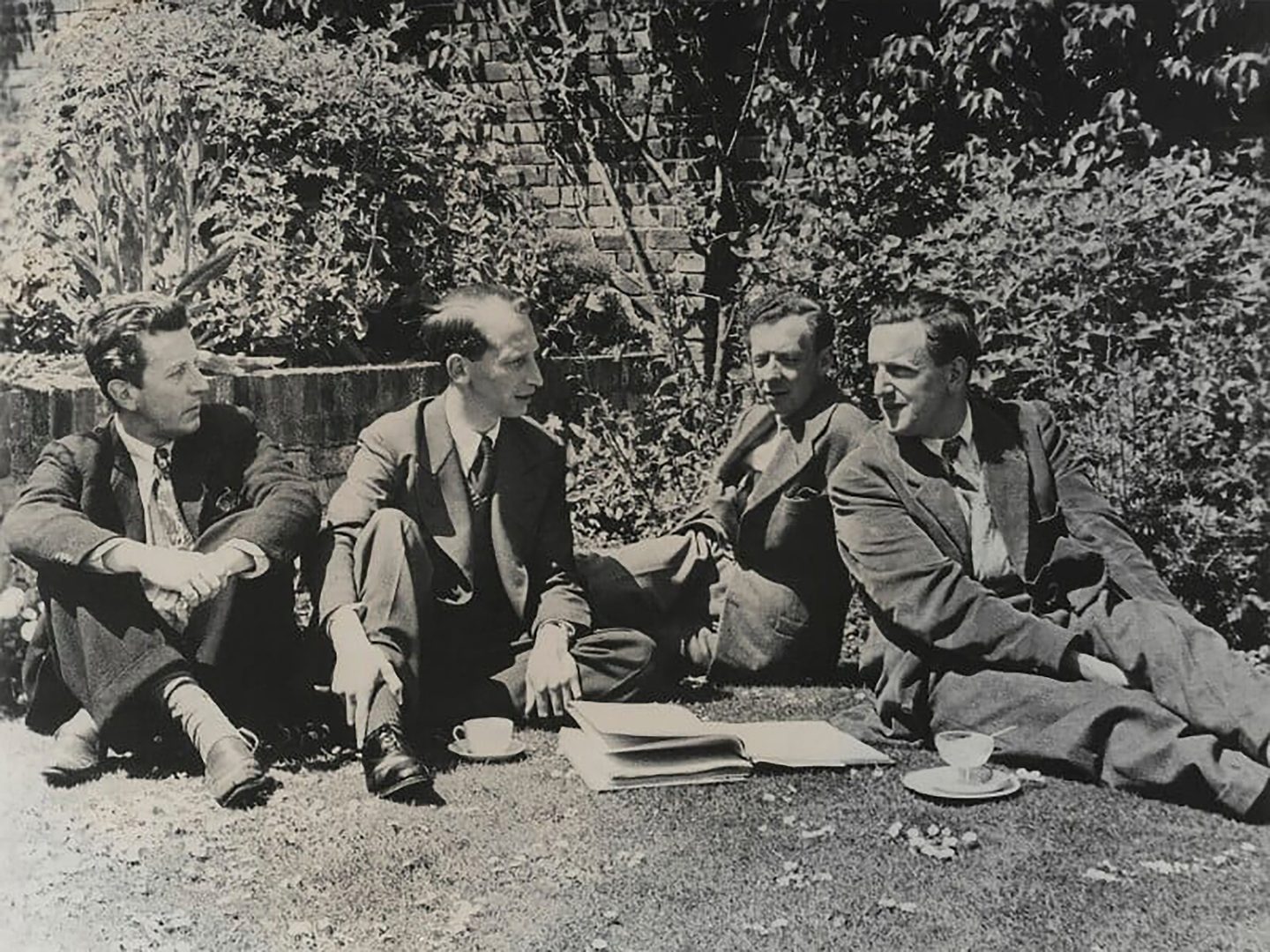
Sir Frederick Ashton (left), Eric John Crozier, Benjamin Britten and Peter Pears; unknown, bromide print, 1947, (National Portrait Gallery x131141), licensed under Creative Commons - CC BY-NC-ND 3.0
In the summer of 1941 Ashton left his company to sign up for military service. He first served as an Aircraftman Class II before being promoted to Acting Pilot Officer. He was initially assigned to RAF Medmenham, the home of the Central Interpretation Unit (CIU) responsible for interpreting aerial reconnaissance photography. At Medmenham, Ashton was surrounded by artists, academics, musicians, and writers, including Charlotte Bonham-Carter and Sarah Oliver (née Churchill) the daughter of Prime Minister Winston Churchill.
Although he studiously applied himself during lectures on photographic interpretation, Ashton struggled to grasp the rudimentary mathematics required to calculate the scale and speed of vessels. ‘Everyone tried to teach me but I just couldn’t take it in…I was no use. I just couldn’t do it’, he said and soon had to leave Medmenham. Ashton was then posted to RAF Usworth where he became an Intelligence Officer. Even there he felt disheartened and ineffectual and spent much of his time ‘reading a lot…and feeling out of it’.
Despite finding military life difficult, Ashton fared better when he was posted to work as an Intelligence Officer with No. 611 (West Lancashire) Squadron at RAF Drem, near Edinburgh. He dealt directly with pilots, debriefing them and filing reports once they returned from sorties. He continued to seek to uplift the national spirit through his ballet productions at the time. Taking limited leave from the RAF in 1942, Ashton staged a ballet on ‘the conquests of evil forces by England’s patron saint’ called The Quest which was adored by its audience.
In 1944, Ashton was transferred to the Censorship Office. He spent the last year of the war as an Air Advisor, briefing the Censorship Officers on intelligence information.
Post-War
Michael Somes, a colleague and friend of Ashton’s, described him to be ‘as patriotic to his company as he was to his country’. Ashton’s experience during the war years put this dual allegiance under pressure but despite the difficulties, his wartime contributions to the military and his ballet company were undoubtedly significant. After the war, Ashton continued to shape the terrain of English ballet. His re-entry into the ballet world after three and a half years of military service was met with great acclaim.
In 1957, Ashton became the principal choreographer at the Royal Ballet and in 1963 became its director. In 1971, he ventured into cinema, and choreographing and performing in The Tales of Beatrix Potter. He died at home in Suffolk in 1988 aged 83. In 2011, the Frederick Ashton Foundation was founded to protect and carry on the legacy of his work.
Nuzhat Biswas, NCAP Digital Imaging Technician
ACIU Aerial Photography and WWII Women of Medmenham
All quotations taken from Secret Muses: The Life of Frederick Ashton (1996) by Julie Kavanagh.
